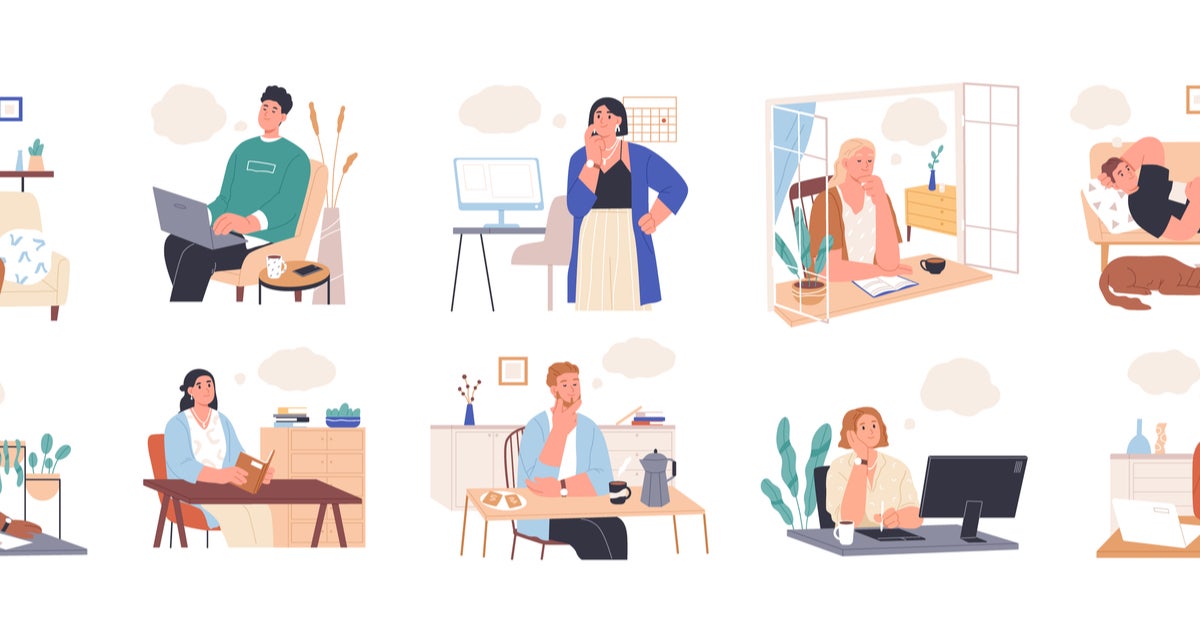The Transition to Work Grant can pay for things you need to find or start a job, like clothes, travel, and living expenses until your first pay. However, there are a few conditions you’ll need to meet. Canstar explores all you need to know about the Transition to Work Grant.
What is the Transition to Work Grant? A Breakdown. In this guide we cover:
- Who can get the grant in NZ?
- How much is the grant and what can I use it for?
- I qualify, what’s the next step?
- What other support is on offer?
- New job? Check in on your KiwiSaver
- Understand how to access and read your payslip
Who can get the grant in NZ?
To get the Transition to Work Grant you must be:
- 16 years or older
- Able to show you are looking for a job, have a job offer, or are between jobs
- A New Zealand resident
- Looking for or starting a job in New Zealand, not overseas
- Looking to work 30 or more hours a week, or 20 hours or more if you’re a sole parent
- You don’t need to be on a benefit to get this payment
How much is the grant and what can I use it for?
In any 12-month period, you can apply for a grant of up to $1500. It can be used to cover the reasonable costs of finding work or starting a new job. This can include, for example:
- Clothing and transport to interviews
- Tools or clothing for work
- Relocation for work
- Living expenses between your last benefit payment and first pay (eg board or rent, food and power)
- Childcare when you go to a job interview or first start work
There is also on-going help available to cover childcare costs, up to 50 hours a week, depending on your circumstances. For more information on the childcare help available, click here!
I qualify, what’s the next step?
You’ll need to call 0800 559 009 to chat about how the grant can help. They’ll let you know what information you need to provide. You may need to fill out an application form.

What other support is on offer?
Dress for Success
This initiative offers support and assistance for women who are looking for a way into work. Dress for Success is a worldwide organisation that helps women find economic independence by providing professional work clothing, career development tools and an ongoing support network. Here in New Zealand, it’s currently available through Work and Income in Whangarei, Auckland, Hamilton, Rotorua, New Plymouth, Wellington and Christchurch.
Do I qualify?
Women looking to work 30 hours or more per week (20 hours for single parents), and who are eligible for help with costs to find or start work, can ask Work and Income to be referred to the Dress for Success program. A grant to help with costs associated with finding or starting work does not need to be repaid.

New job? Make sure you have signed up for KiwiSaver or have reviewed your KiwiSaver
Whether or not you sign up to KiwiSaver is entirely up to you. But there are a lot of benefits to this savings scheme, so it’s worth seriously considering joining.
First, you need to choose a contribution rate that’s comfortable for you and your finances; you can increase this rate over time as your salary increases. The current contribution rate options are 3%, 4%, 6%, 8% and 10%. Your KiwiSaver contributions are deducted from salary before tax and transferred into your KiwiSaver fund of choice (or default scheme if you haven’t actively chosen one).
→ Related article: What is a Default KiwiSaver Scheme?
Also, if you are a member of KiwiSaver, your employer will contribute an additional 3%. Some employers will choose to contribute an even higher percentage.
Some employers also offer their own workplace retirement savings schemes, which may have different contribution rates and benefits to KiwiSaver. You can belong to both schemes, but your employer only has to contribute to one.

On top of this, if you contribute at least $1042.86 per year to your KiwiSaver fund, you will receive the maximum government contribution of $521.43 per year.
When you first start working, your contributions may not seem like much, but the magic of compound interest, as well as your many working years ahead, should help you build up some decent savings. The majority of KiwiSaver members will also be able to withdraw their savings towards a first home deposit.
If you’re not currently in KiwiSaver and want to join, or just want to explore the benefits of switching schemes, you can compare your options on the Canstar website.
Compare KiwiSaver providers for free with Canstar!
Understand how to access and read your payslips
Starting a new job can be overwhelming, as can learning the systems and procedures of your new employer. One key process you are likely to come across is the way the business gives out employee payslips. For example, you might be emailed your payslip, or you might be set up with a payroll account, where your payslips are stored securely electronically.
When you start your new job, make sure you find out what day/date you are paid and whether it’s on a weekly, fortnightly or monthly basis. This should also be written in your employment contract. You’ll also want to make sure that you know how you will receive payslips.
Double-check your payslip, to make sure you’ve been paid the correct amount and that you’ve received the correct KiwiSaver contributions. One note with KiwiSaver, though, don’t panic if KiwiSaver contributions don’t show up straight away, as it often takes time to feed through to your KiwiSaver account.
Also, if you want to know who this PAYE character is and why they keep taking a percentage of your pay, welcome to the working world. PAYE stands for Pay as You Earn and is the primary income tax system in New Zealand.
PAYE consists primarily of income tax and ACC earner’s levy (a compulsory contribution to cover the cost of non-work injuries). Your employer handles PAYE before you receive your wages, so you don’t need to do anything. It’s just helpful to understand why it’s showing up on your payslip.
Enjoy reading this article?
You can like us on Facebook and get social, or sign up to receive more news like this straight to your inbox.
By subscribing you agree to the Canstar Privacy Policy




Share this article